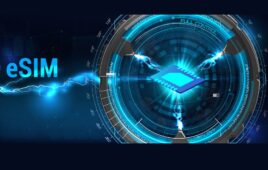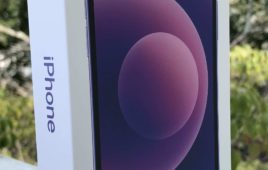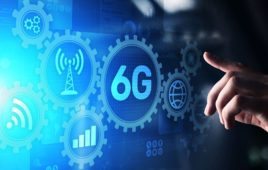The only certain thing about AT&T’s proposed acquisition of T-Mobile USA is that it raises more questions than it answers. Will consumers see better quality and lower costs? How will the new entity work with regulators and suppliers? Will the move solve the company’s spectrum shortage? If AT&T doesn’t adopt the commitment to innovation exhibited by T-Mobile, then all the pessimists will have been right!
There is widespread concern that, if the acquisition goes through and T-Mobile’s ties to Europe are severed, the innovation associated with those links will also disappear. Sprint is vocal on that topic. Representative Greg Walden, the chairman of the House subcommittee on communications and technology, questions  whether the move would diminish the “vibrant and competitive” nature of the wireless market, saying that with fewer players there’s less opportunity for the type of creative innovation and invention that has previously been typical of this segment.
whether the move would diminish the “vibrant and competitive” nature of the wireless market, saying that with fewer players there’s less opportunity for the type of creative innovation and invention that has previously been typical of this segment.
In a popularity contest, T-Mobile wins hands down. It consistently scores higher than AT&T for customer service and satisfaction and it’s a moot point whether that culture and competence can be transferred to the larger organization. T-Mobile has a reputation for innovation whereas AT&T is still reeling from the iPhone effect, and a public perception of dropped calls, high prices and ineffective data service.
T-Mobile’s leading role in Deutsche Telekom’s NFC “mobile wallet” initiative, announced at Mobile World Congress this past February, has been widely publicized, with initial rollouts in Germany and Poland scheduled for this year and the U.S. following in 2012. If the U.S. rollout continues as planned despite the acquisition, AT&T could claw back some reputation as an industry leader. Certainly, AT&T has something of a vested interest in NFC since it partnered with Deutsche Telekom and Verizon Wireless in the original Isis NFC joint venture. If the NFC initiative falls off the schedule, though, doom-mongers will take this as validation.
While T-Mobile does indeed have a history of innovation, it needs to be sustained over the long term, something the company hasn’t always achieved. T-Mobile broke boundaries when it backed the BlackBerry, promoting it as a universal business tool and riding high on its widespread adoption as an extension to the enterprise. On the other hand, the rise of the iPhone took some of the shine off this leadership.
Then there’s UMA (Universal Mobile Access). Four years ago, T-Mobile promoted its Wi-Fi/cellular hybrid service as the answer to spotty network connections. These days, with flat-rate, lower-cost voice plans widely available, the usefulness of UMA has dropped off to the point where T-Mobile is only making it available on a few phone models. However, T-Mobile is credited with the rapid rise to popularity of the Wi-Fi hotspot, and its deal with Starbucks did much to raise the company’s profile. Looking to the future, though, AT&T’s espousal of Wi-Fi offload as a coverage strategy for high usage areas and T-Mobile’s status as a first mover in hotspot use suggests the possibility of interesting developments if the merger does go through. AT&T may be considering using T-Mobile’s spectrum to leverage carrier aggregation technology to increase LTE speeds and capacity. It is also rumored that the operator may follow T-Mobile’s Wi-Fi calling strategy to expand its existing Wi-Fi network in key markets, and enhance the availability and resiliency of their networks.
Challenging the vendor community
Some observers suggest that consolidation in the U.S. market is the only way to improve both infrastructure and prices. The potential benefits of combining the two companies’ assets include bigger data center capacity, better network density and more available spectrum.
There is concern that consumers may not benefit from lower prices with a larger entity, but the combined company would have sufficient heft to challenge its vendors on many counts. In its expanded form, AT&T would have more opportunity to influence pricing among its suppliers. Furthermore, it could become a game-changer by being more aggressive in setting a business agenda for technology vendors to support, rather than letting existing technology dictate the way that mobile broadband evolves.
The mobile data crisis is changing the industry. Maintaining innovation among both the operator and the vendor community is key to finding solutions to service delivery, pricing and quality. The urgent need for solutions designed specifically for future-focused networks is propelling new players into key operator deployments and opening opportunities for fresh thinking across the whole spectrum of data service delivery solutions. An operator with power, vision and a viewpoint on how the world of 50 billion connected devices should be shaped could drive sweeping innovations in the U.S. mobile broadband market.
If AT&T focuses on addressing business issues based not on what exists but on what is required, life in the mobile broadband industry could become very interesting.
Dan McBride is the director of marketing at Stoke.




